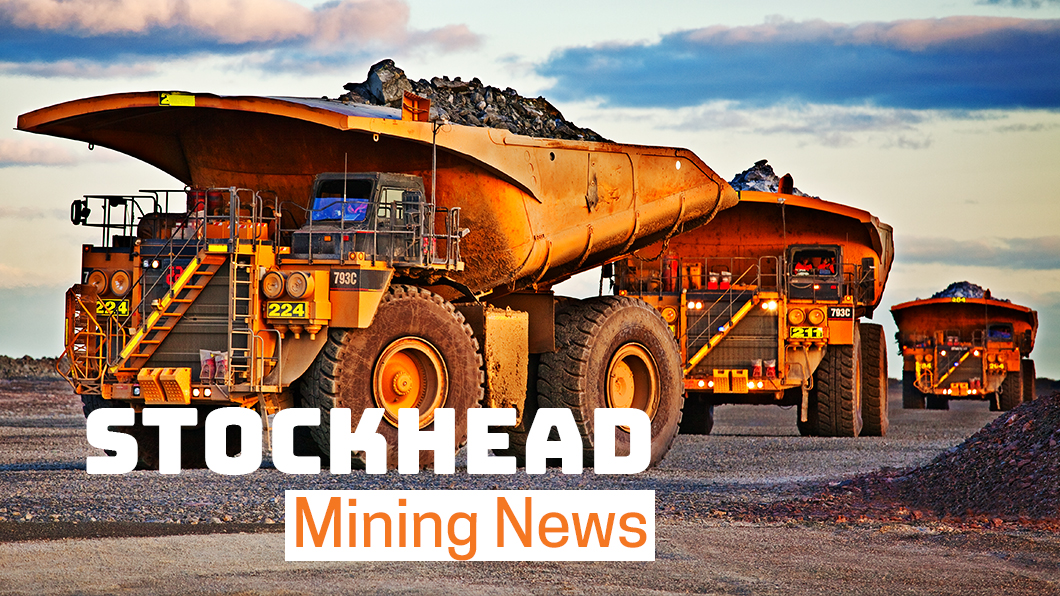Nickel, copper, or gold: Which metals will outperform in 2022?

Pic: John W Banagan / Stone via Getty Images
2021 has been a wild year for metals prices.
Global supply chain disruptions, power crises, environmental targets, and trade and diplomatic friction between China and Australia – these are just some of the curveballs thrown at the global mining fraternity in a post-COVID world.
And yet market conditions in 2021 should yield windfall profits and cash flows for many mining companies, sparking large shareholder returns, growth capital expenditures, and acquisitions.
S&P Global has now revised its 2022-2023 outlook for a bunch of metals and commodities following months of wild price spikes — and troughs — which “reflect the cross currents of unsteady market conditions”.
Here are S&P’s revised price assumptions for copper, nickel, gold, iron ore and coal for 2022 and 2023.
COPPER
Price (COB Monday): $US9,361/t
YTD performance: +20.5%
Forecast (2021-2023): Unchanged
S&P Global’s price assumptions for the red metal remain unchanged for the rest of 2021 and 2022.
“We believe there could be a deficit of more than 200,000 tons in 2021, which should sustain copper prices of about $US9,000/ton for the rest of the year,” it says.
“For 2022, we continue to expect a gradual softening with slower growth in industrial demand. But deficits of 150,000-250,000 tons per year could persist, supporting continued elevated price assumptions of $8,500/ton in 2022 and $8,300/ton in 2023.”
Starting late 2022, gradual adoption of electric vehicles (EVs) would secure at least 1% of additional demand “and might rise 2%-2.5% in a rapid-adoption scenario”, S&P says.
NICKEL
Price (COB Monday): $US19,226/t
YTD performance: +16.1%
Forecast (2021-2023): revised upwards
Demand for nickel has been strong all year, fuelled by the Chinese stainless steel and EV industries, S&P says.
“Therefore, we believe the market could be in deficit, contrary to our previous expectation of surplus, which leads us to revise our assumption for nickel upward by $1,500/ton to $17,000 for the rest of the year,” it says.
In 2022, however, the market is expected to return to surplus, primarily on sizable capacity additions in Indonesia outpacing demand growth, which should ease the pressure on prices toward $16,000/ton ($1,000 above S&P’s previous assumption).
The market surplus could widen in 2023 with prices softening further to $15,000/ton (up $500 from the previous forecast).
This is again because of further capacity additions in Indonesia, which include ramp-up of battery-grade nickel production from nickel pig iron, which Chinese nickel giant Tsingshan Group announced in March.
(Whether this happens or not is debatable.)
Furthermore, Indonesian authorities are considering a restriction on new smelters to make better use of the country’s limited reserves, “which could constrain supply growth and lead to higher prices”, S&P says.
GOLD
Price (COB Monday): $US1,754/oz
YTD performance: -7.4%
Forecast (2021-2023): Unchanged
The price has tumbled since hitting a record +$US2,000oz in August last year.
It now trades within a relatively tight range between about $1,750 and $1,850 per ounce – almost bang on S&P’s $US1,800/oz assumption for 2021.
Prices through this year have remained well above historical averages before 2020, S&P says — a key driver of the much-improved cash flow generation gold companies are realising.
But this stability is somewhat surprising, given the persistence of historically negative factors.
“These include the relative strength of the U.S. dollar, low interest rates, higher oil prices, and solid equity market performance (notwithstanding recent volatility) that followed the emergence of the pandemic,” S&P says.
S&P expects prices to keep heading south over the next few years, averaging $US1,600/oz in 2022 and $US1,400/oz in 2023.
“We acknowledge that market sentiment can quickly change, and we factor the material volatility of past price cycles into our ratings for gold companies,” S&P says.
“A material and sharp decline over the near term appears unlikely, particularly since we expect interest rates to remain low.
“However, we continue to assume prices will gradually revert near what we view as a long-term average price in 2023.”
IRON ORE
Price (COB Monday): $US135/t
YTD performance: +-15.9%
Forecast: revised downwards
After surging to historic highs of $233/t) in May, iron ore prices collapsed ~60% to $94/t, before bouncing back to $US135/t.
A demand-led price collapse after China actively curbed steel production output from July this year is driving iron ore prices lower, S&P says.
This is set to continue.
“China intends to keep steel production output flat year on year compared with 2020, as its government policy targets reducing steel sector carbon emissions,” S&P says.
“Chinese steelmakers will likely be required to further cut production to meet the nation’s carbon neutrality goal by 2060.
“Our medium-term price assumptions reflect our view that Beijing’s recent actions could be a step change, demonstrating its willingness and ability to curb steel output, and could drive decarbonization for years to come.”
S&P lowered its price assumptions to average $US120/t for the remainder of 2021 and made moderate downward adjustments to medium-term expectations to $US100 in 2022 and $US80 in 2023.
It also added a long-term price assumption of $US80 for 2024.
“Over the long term, we maintain the view that high-cost marginal producers will likely be forced out of the market as Vale S.A.’s disrupted supply gradually returns, which will drop prices toward the marginal cost of supply,” S&P says.
METALLURGICAL COAL
Price (COB Monday): $US390/t (Aust Coking Coal)
YTD performance: +284%
Forecast: revised upwards
Despite China’s falling steel production, the seaborne met coal price reached a record high of $US408/t in late September due to supply constraints.
The price has more than doubled from S&P’s price review in June.
“We now assume seaborne met coal to average $US250/t for the rest of 2021, assuming a further decline in China’s steel production and a response from the supply side will temper prices.
“We also raised our 2022 assumption to $US160/ton, about the 10-year average.
“We kept our assumption for 2023 and beyond unchanged at $140/ton.”
However, seaborne met coal prices could stay higher longer if demand from other countries remains robust or with other supply disruptions, S&P says.
“Steel output growth from India, Japan, and Korea is strong year on year in recent months from a low base in 2020 due to the COVID-19 pandemic.”
THERMAL COAL
Price (COB Monday): $US185.7/t (Newcastle Coal)
YTD performance: +196.6%
Forecast: revised upwards
Prices for thermal coal – the stuff used in power plants –also reached a record high of over $US180/t in late September on both demand growth and supply constraint.
The price has nearly quadrupled from a low of $US48/t a year ago, S&P says.
“We lifted our assumption to average $150/ton for the rest of 2021 from $90,” it says.
“The recent power shortage in China is partly attributable to the stringent domestic supply on environmental and safety reasons.
“In response, China has allowed more production at existing coal mines and accelerated the approval of new coal mines in hope of raising supply.
“However, the coal price may stay above our assumption for the rest of the year, especially if supply cannot catch up to stronger demand in the winter season.”
S&P raised assumptions for 2022 to $US80/ton and for 2023 and beyond to $US70/ton.
“We assume thermal coal price will moderate to its 10-year average next year as economic growth normalizes and on a supply side response,” it says.
UNLOCK INSIGHTS
Discover the untold stories of emerging ASX stocks.
Daily news and expert analysis, it's free to subscribe.
By proceeding, you confirm you understand that we handle personal information in accordance with our Privacy Policy.








